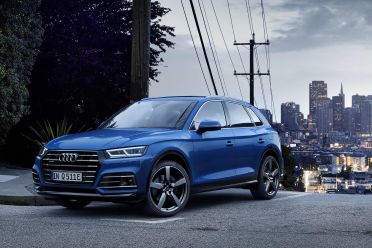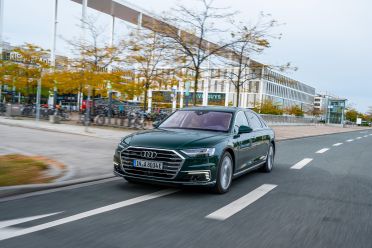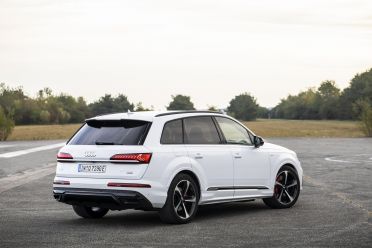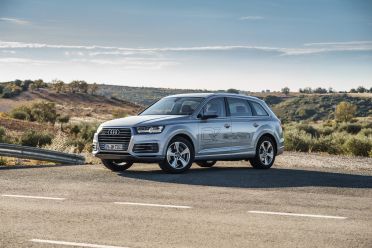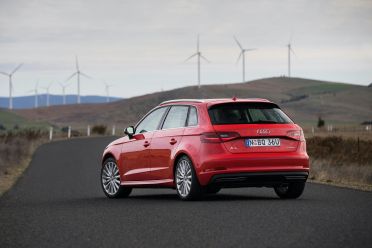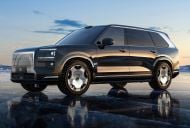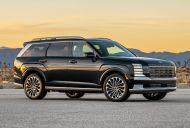Audi continues to introduce more and more plug-in hybrids but they remain off the cards for Australia at the moment.
“Clearly on the roadmap for electrification over the next 5-10 years, models like this will take up a proportion of that electrification but at this stage it’ll be something that we’ll be rolling out in future years,” said Shaun Cleary, PR director for Audi Australia,
“We’re just a few weeks away from introducing our E-Tron and E-Tron Sportback and that’s definitely our focus for now.”
The company is continuing to roll out plug-in hybrid models across its European range. The Q5, A6 and A7 are all available in 55 TFSIe variants in Europe with a 270kW/500Nm four-cylinder powertrain, while the larger Q7 and A8 offer a 60 TFSIe plug-in version with a 335kW/700Nm six-cylinder powertrain.
These models all use a 14.1kWh lithium-ion battery except for the Q7, which packs a 17.3kWh unit.
Next on the agenda for Audi are PHEV versions of the new A3, Q3 and Q8.
Audi has also promised a performance plug-in hybrid that will wear RS badging. The company has previously said its vaunted RS label would be used for both battery-electric and plug-in hybrid vehicles, with reports indicating the first RS PHEV will be the next-generation RS4 Avant.
Although the company is rolling out its E-Tron-branded electric vehicles, it’s committing to plug-in hybrid vehicles.
“For us, the PHEV is anything but a transitional technology. It’s here to stay,” said Bernhard-Michael Decker, Audi’s technical project manager for electrification.
Though Audi has previously offered PHEVs here, their absence today is notable as BMW and Mercedes-Benz continue to introduce PHEV models to Australia.
BMW offers PHEV versions of its 3 Series, 5 Series, 7 Series and X5 lines, with a plug-in X3 xDrive30e in the pipeline. Mercedes-Benz offers PHEV versions of its C-Class, E-Class and GLC.
Audi previously imported the A3 e-tron and Q7 e-tron plug-in hybrids in limited numbers. The A3 was sold from 2015 to 2016 while the Q7 was sold from 2017 to 2018.





